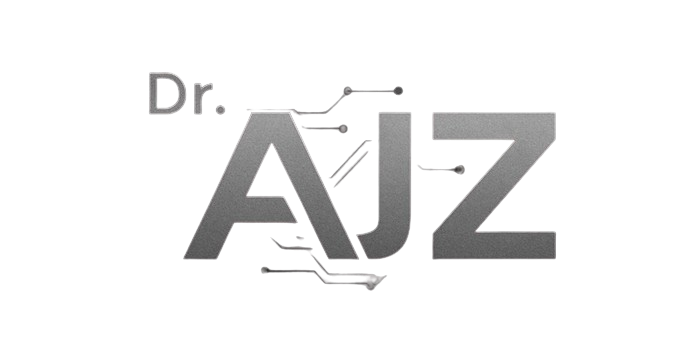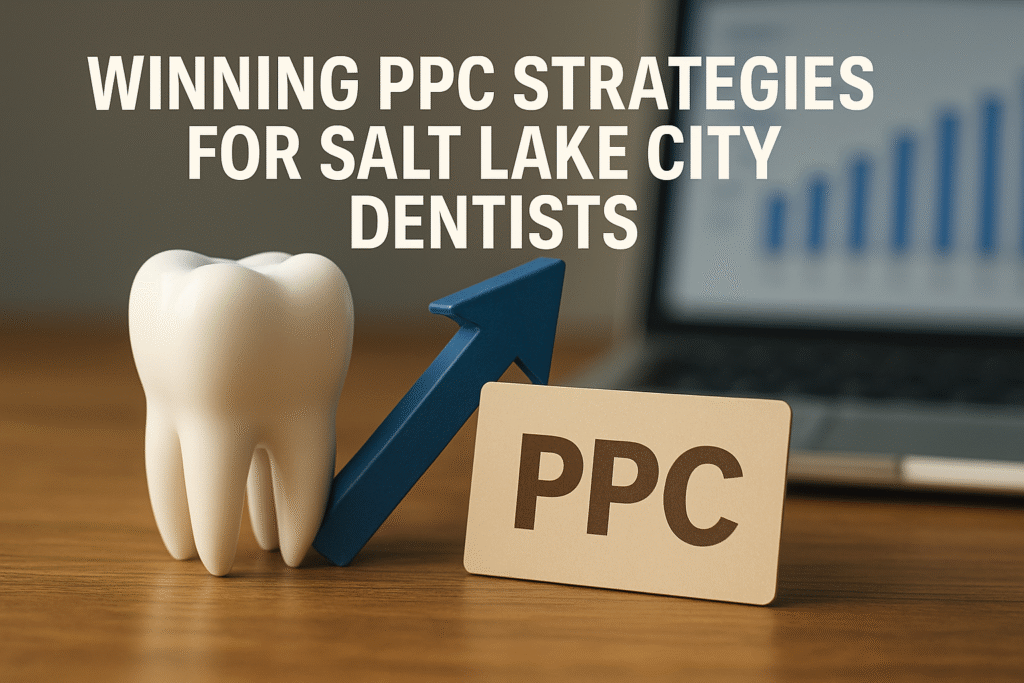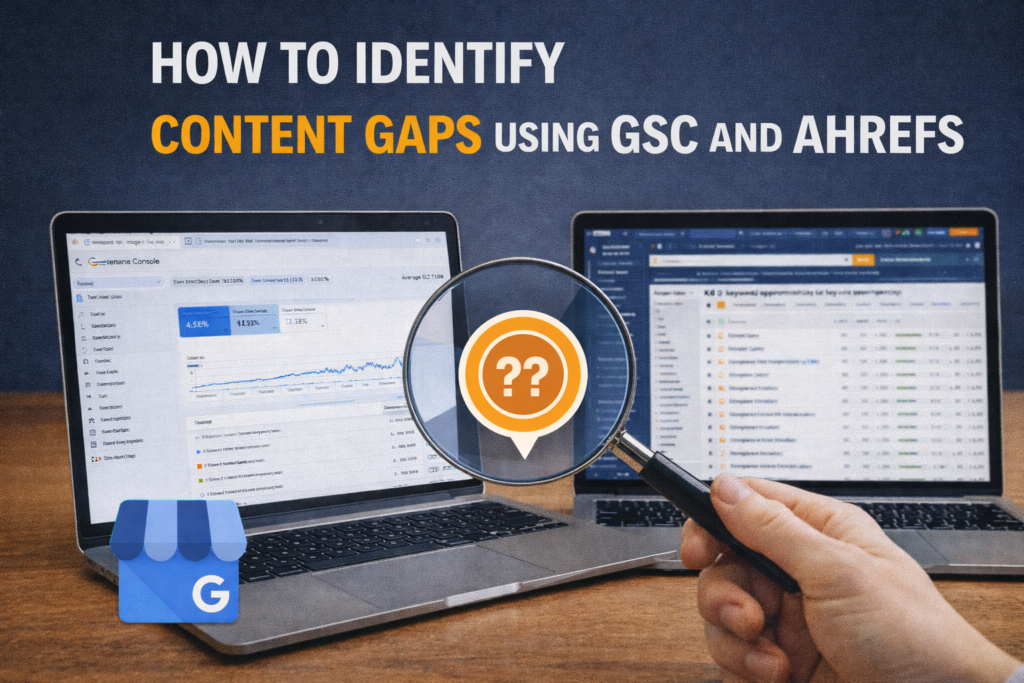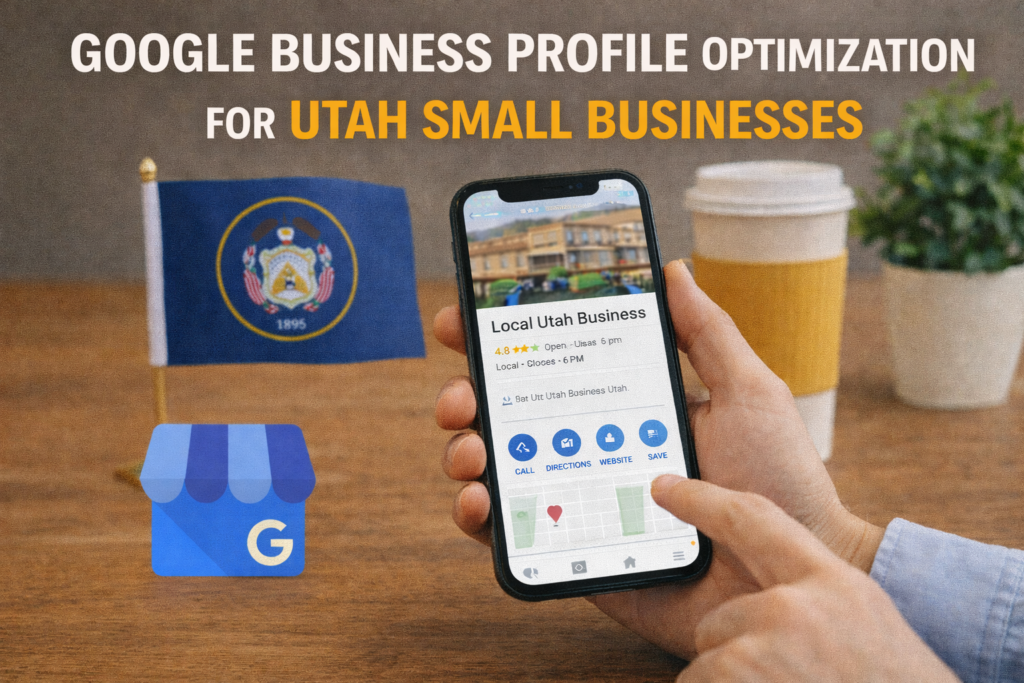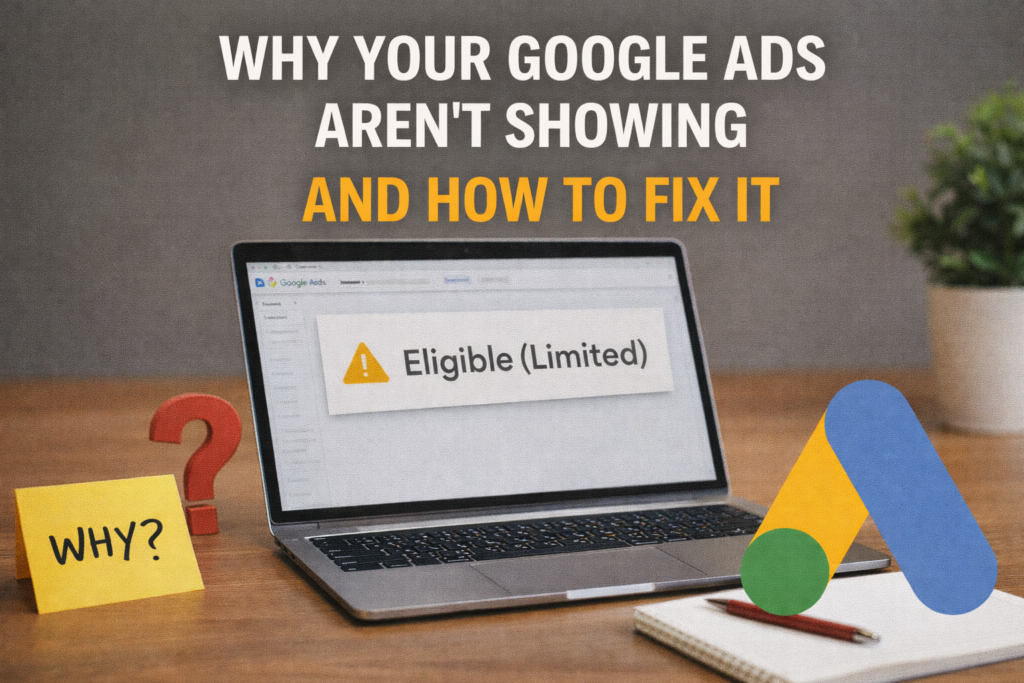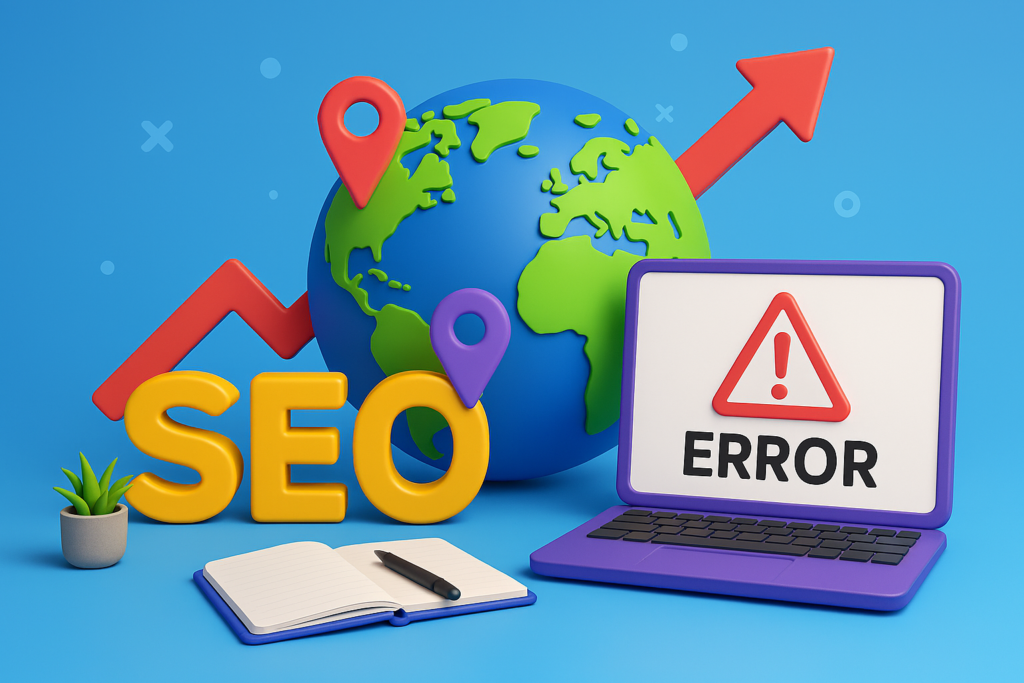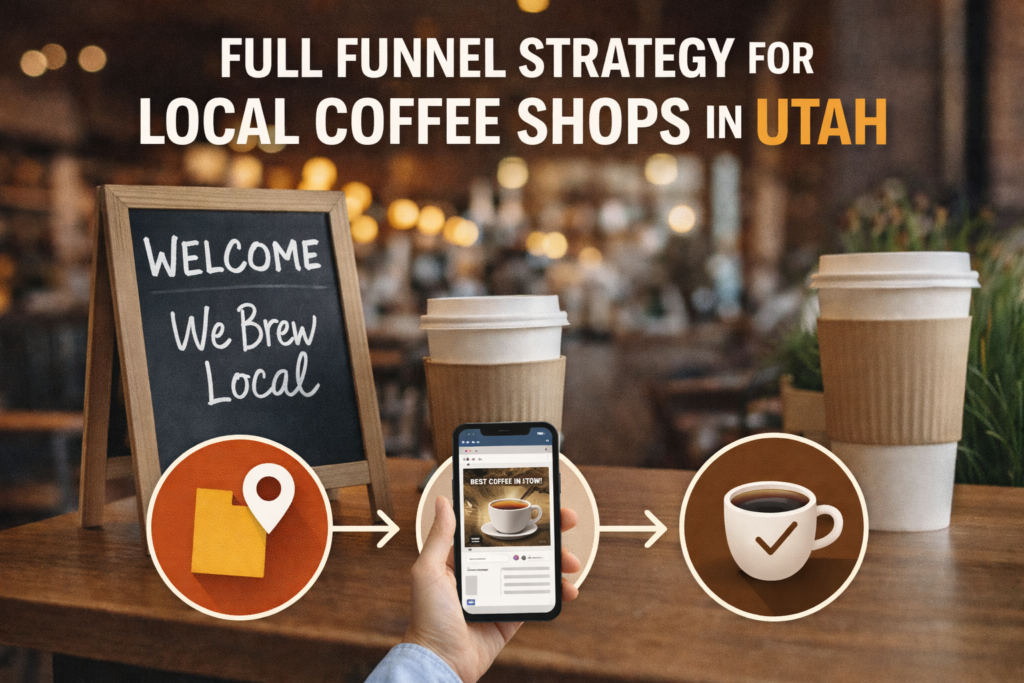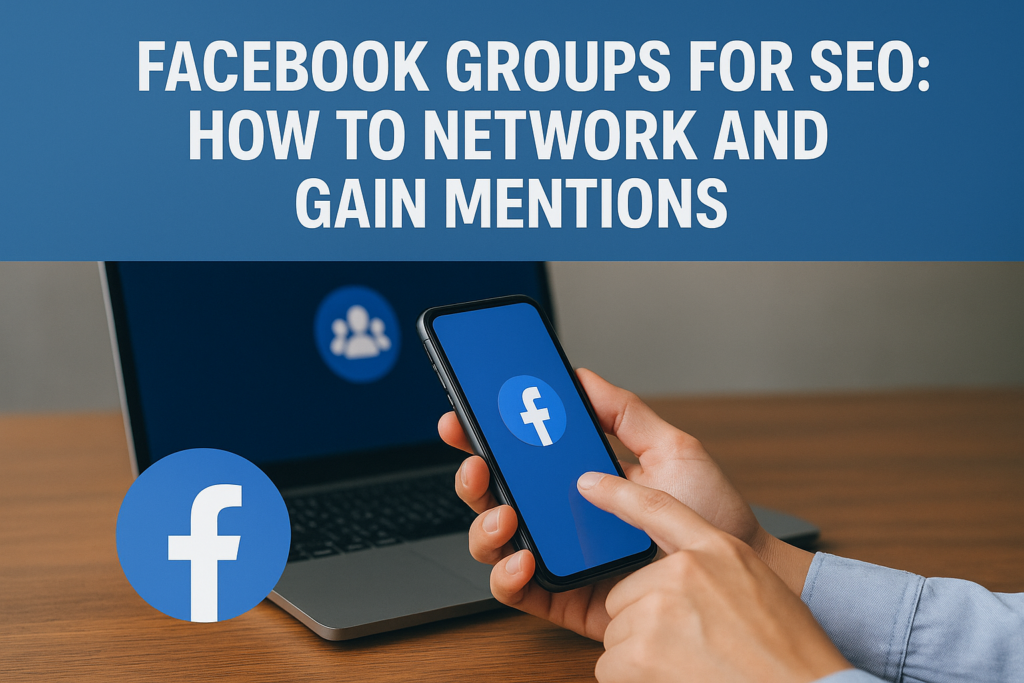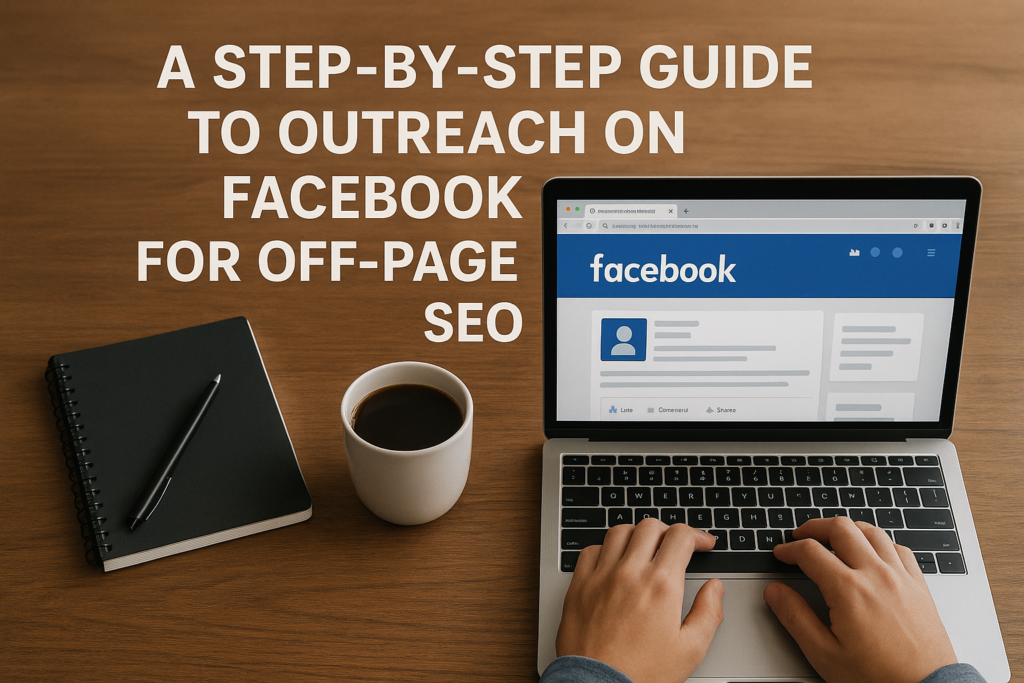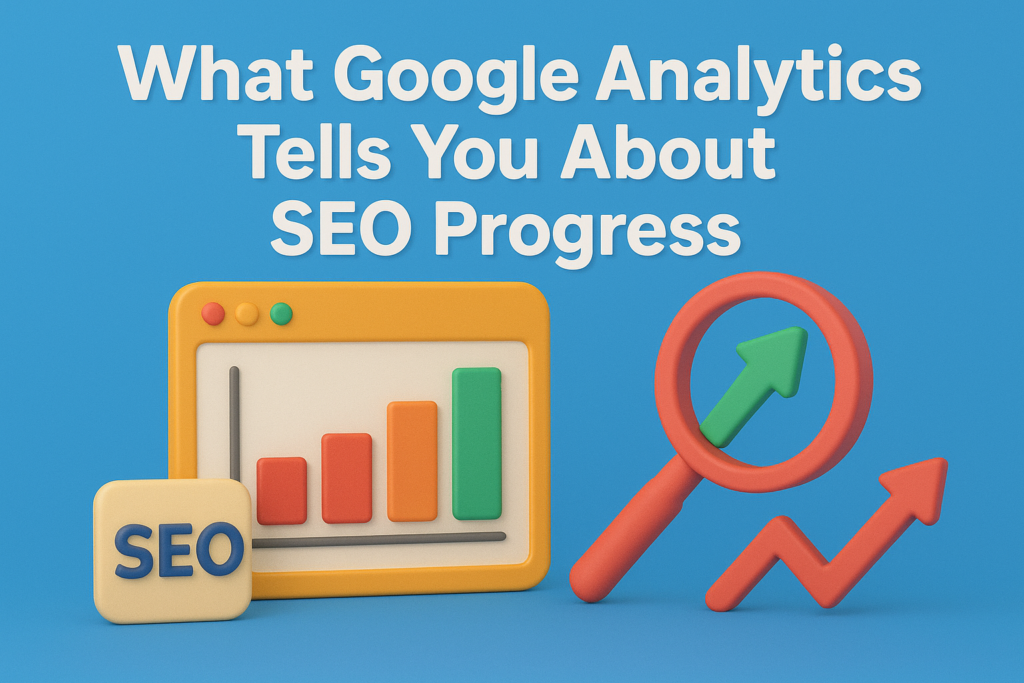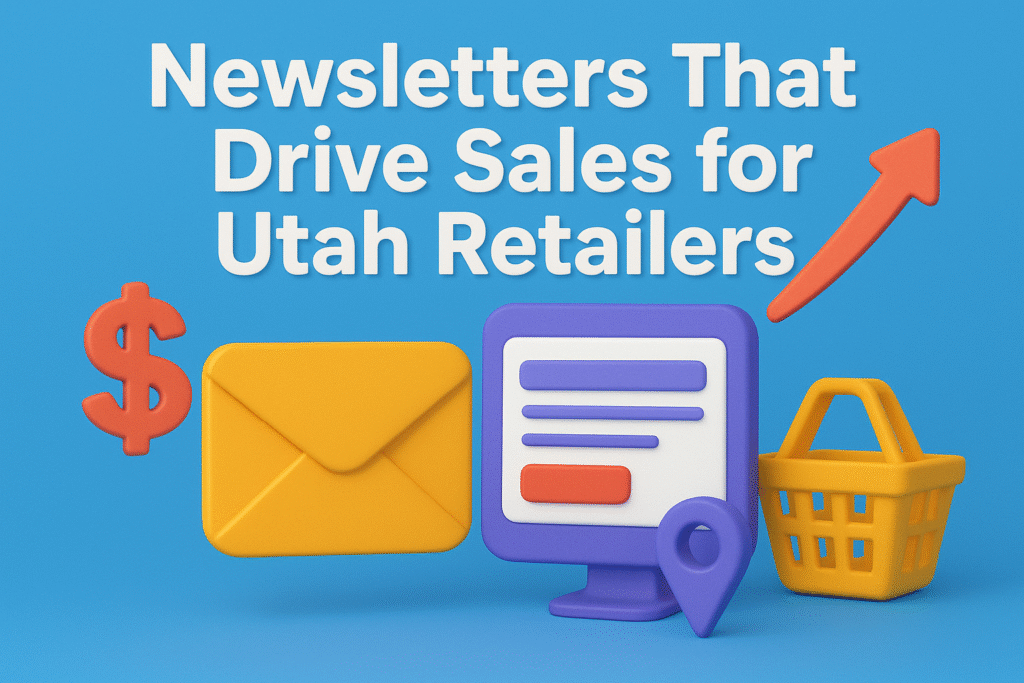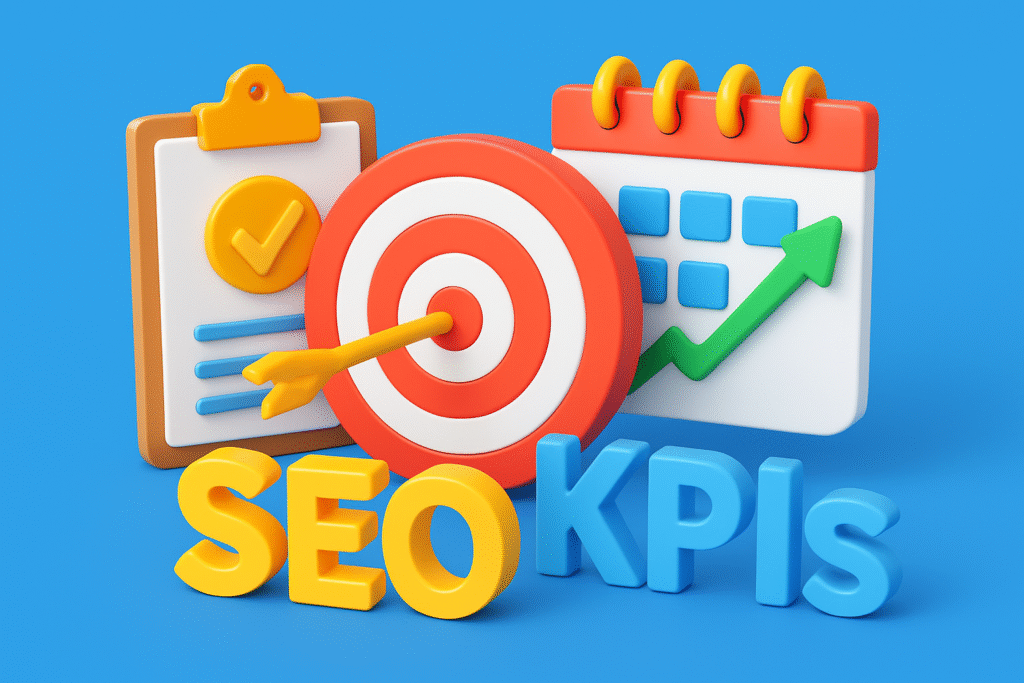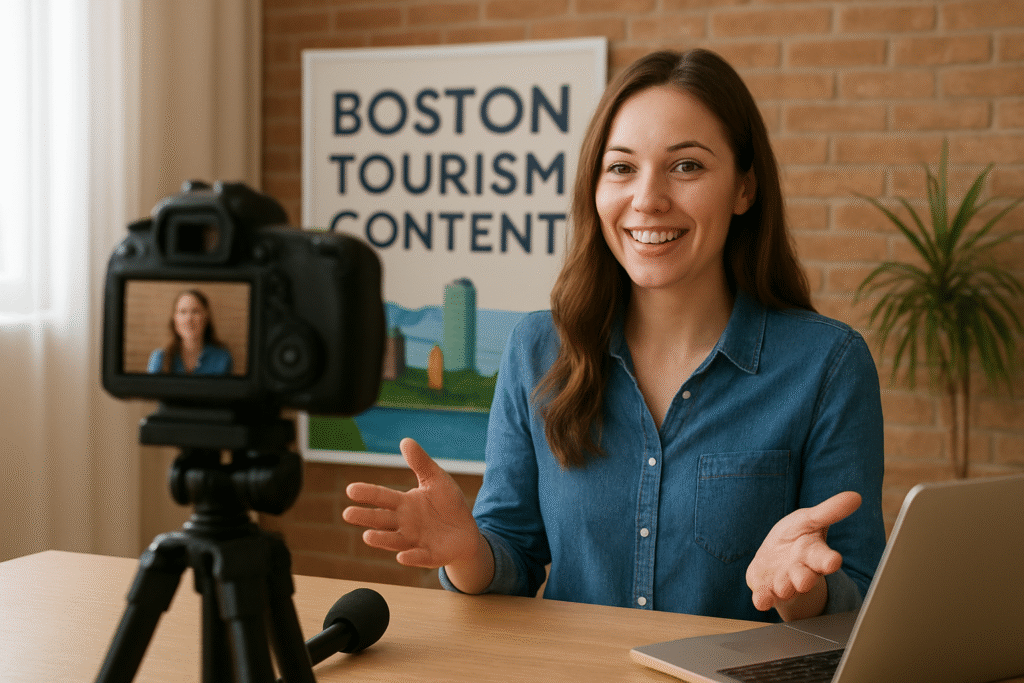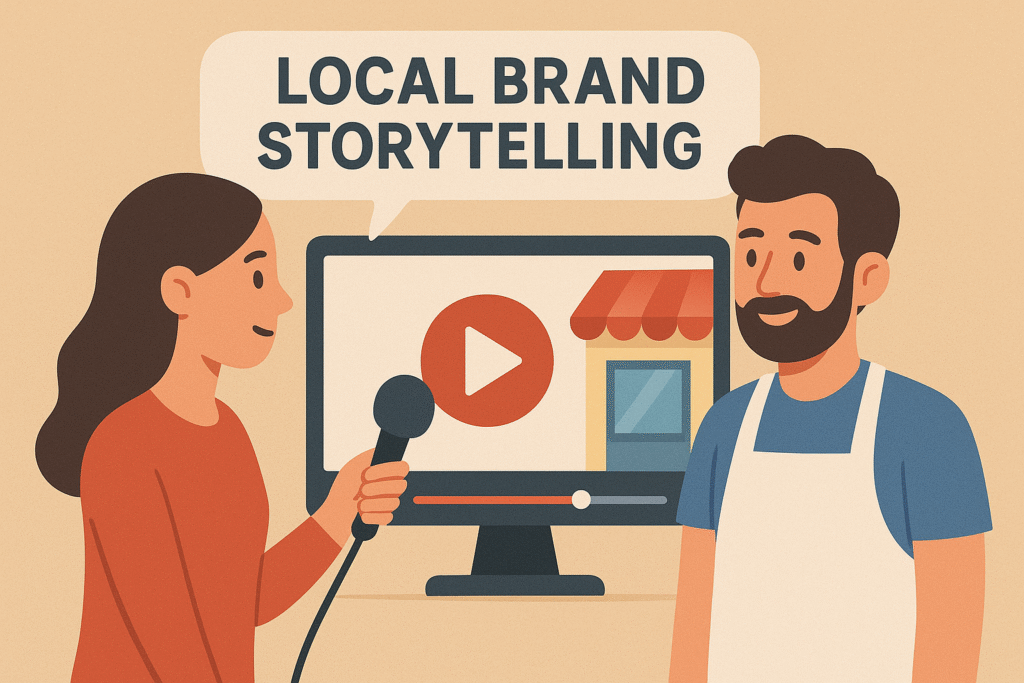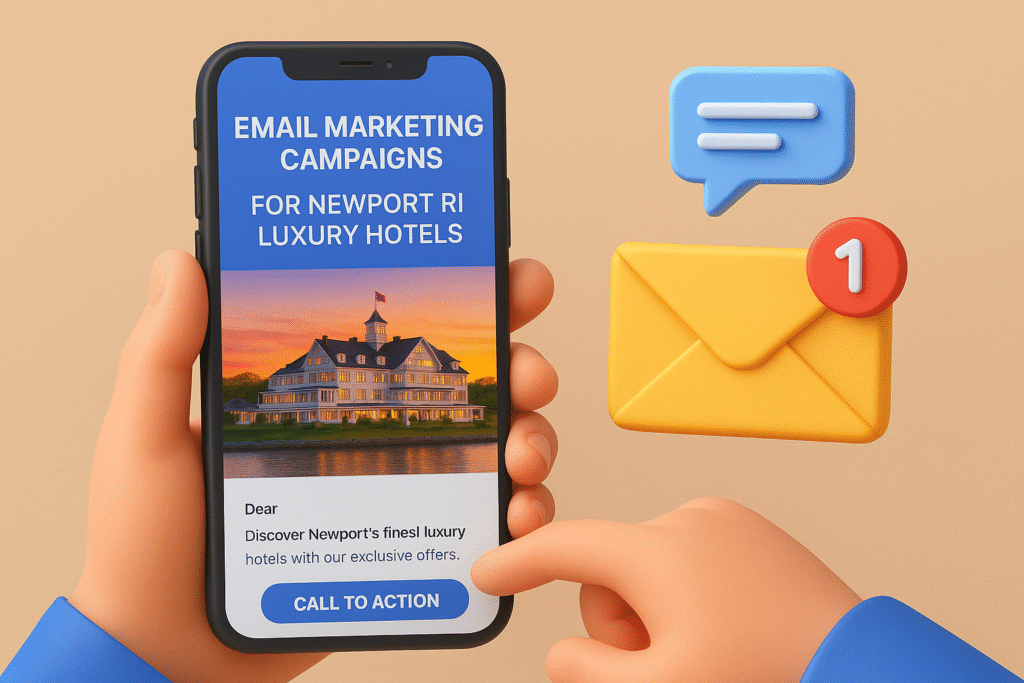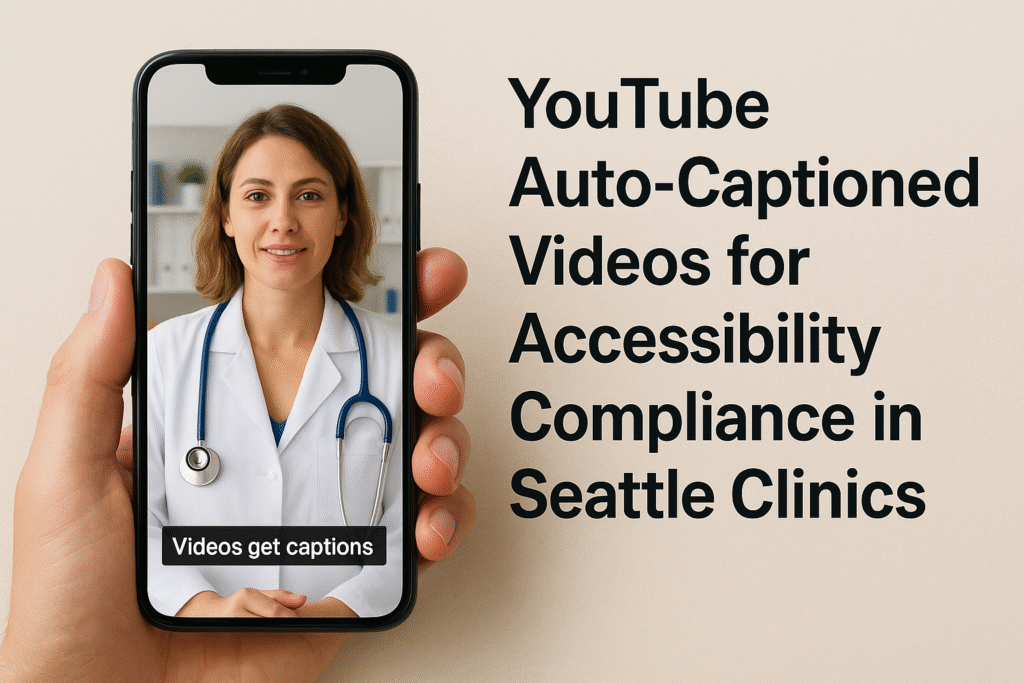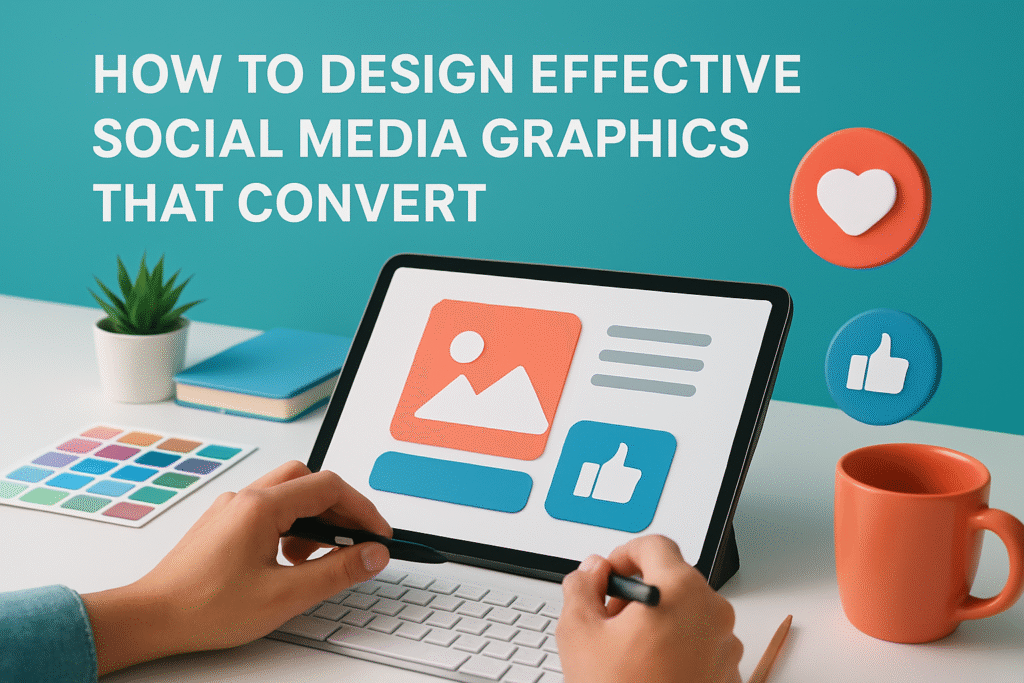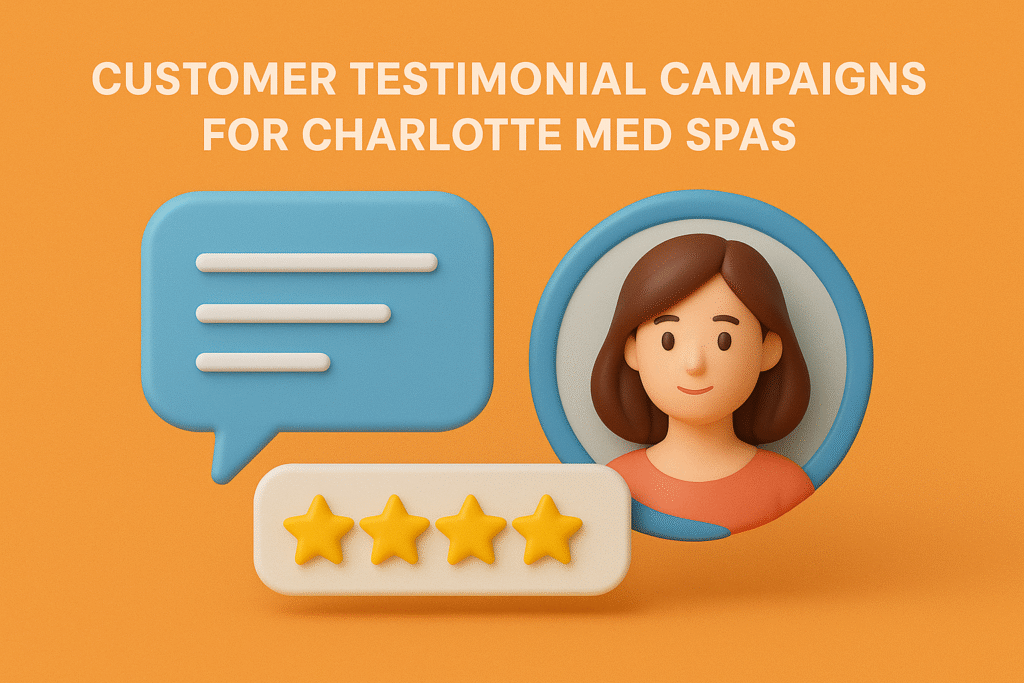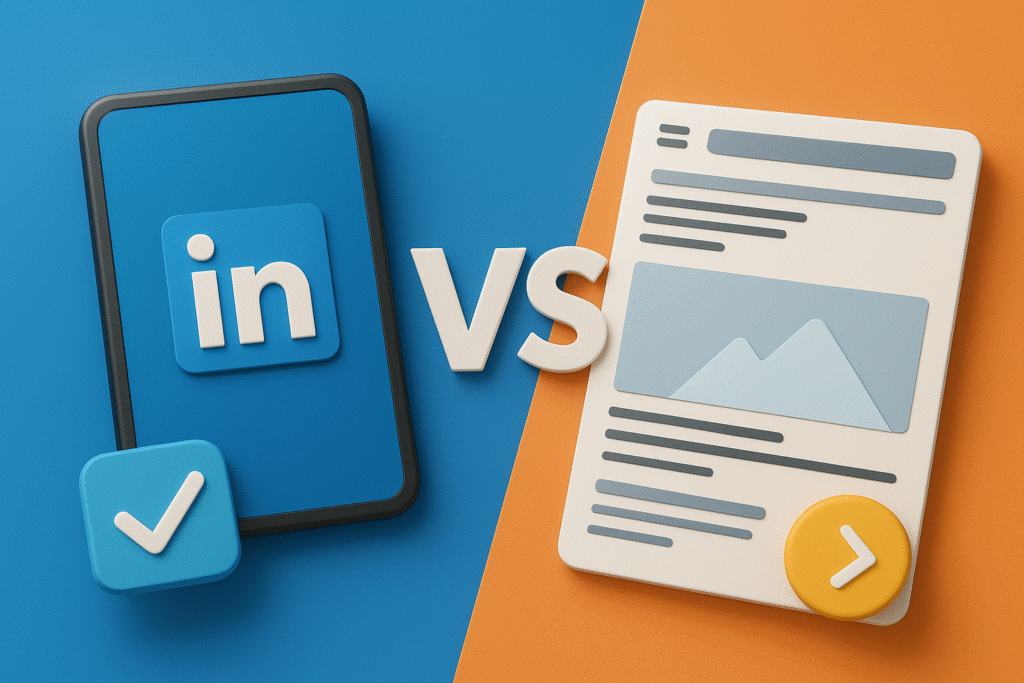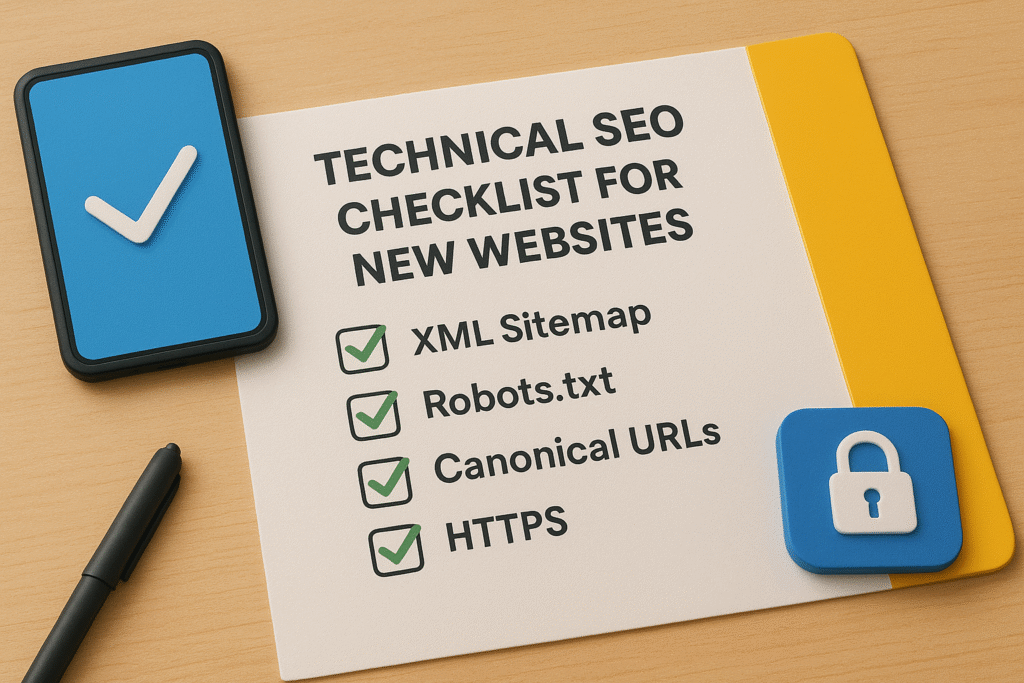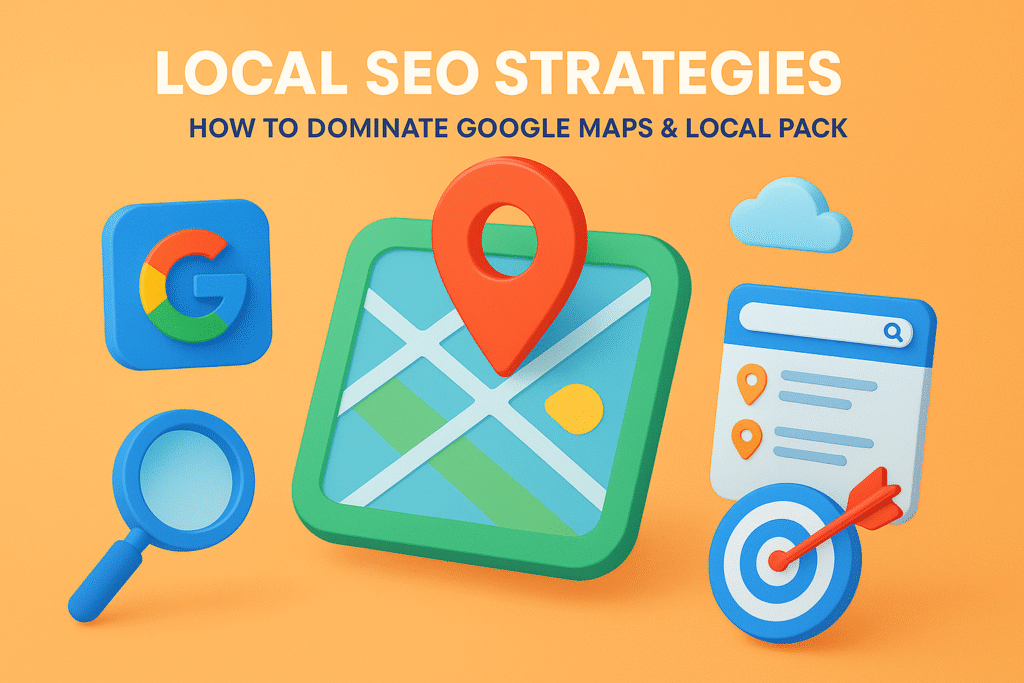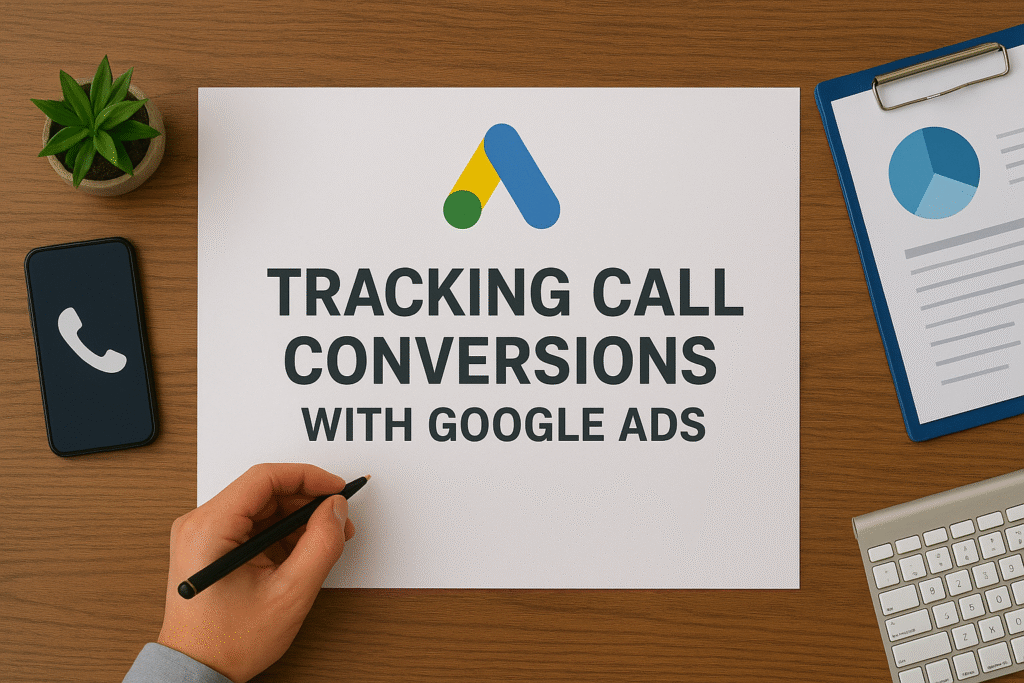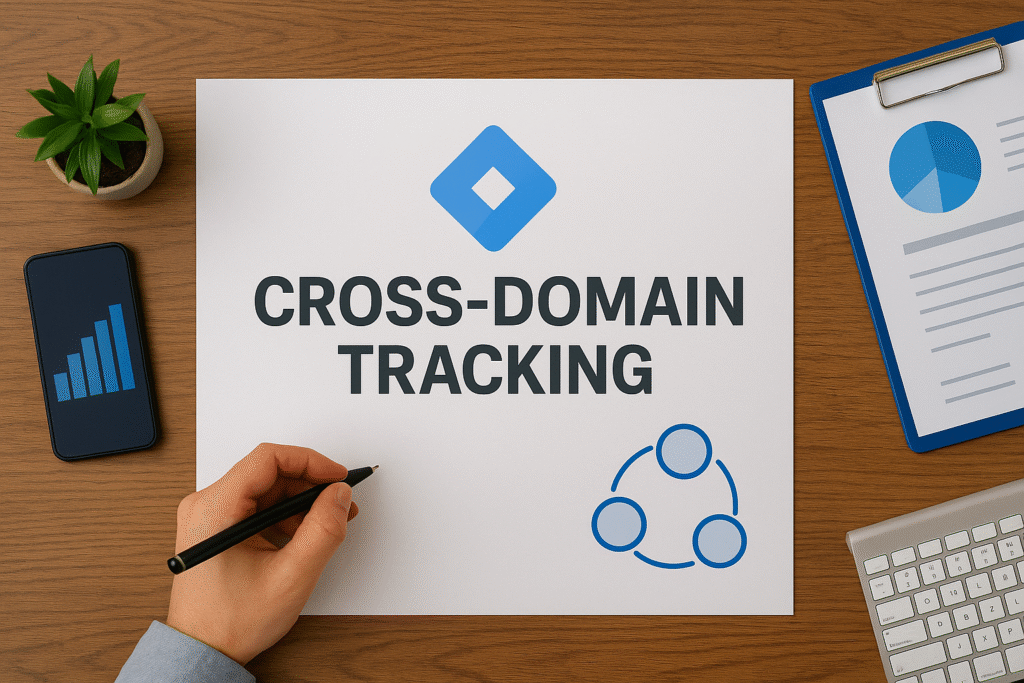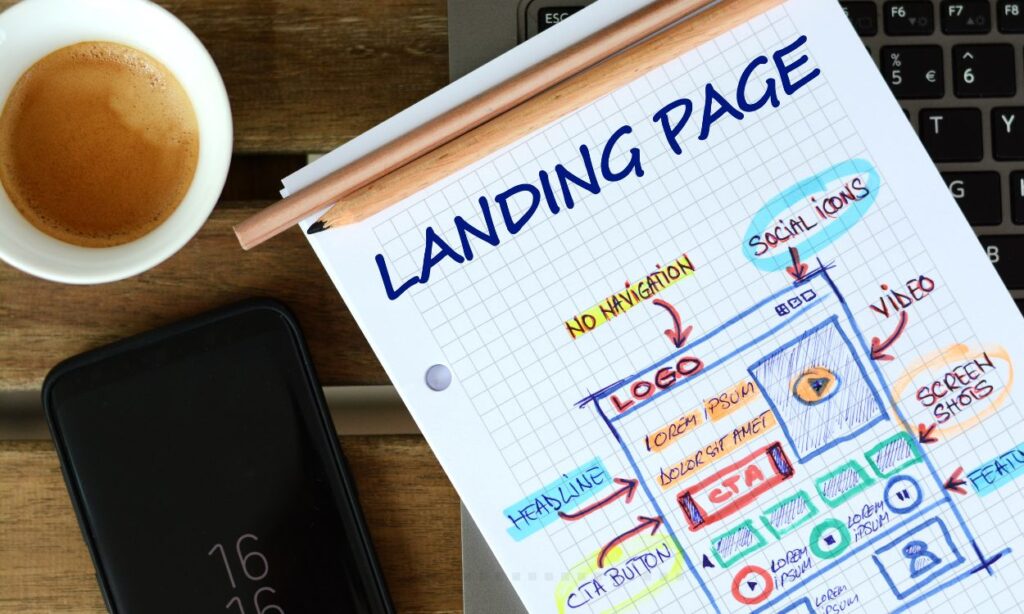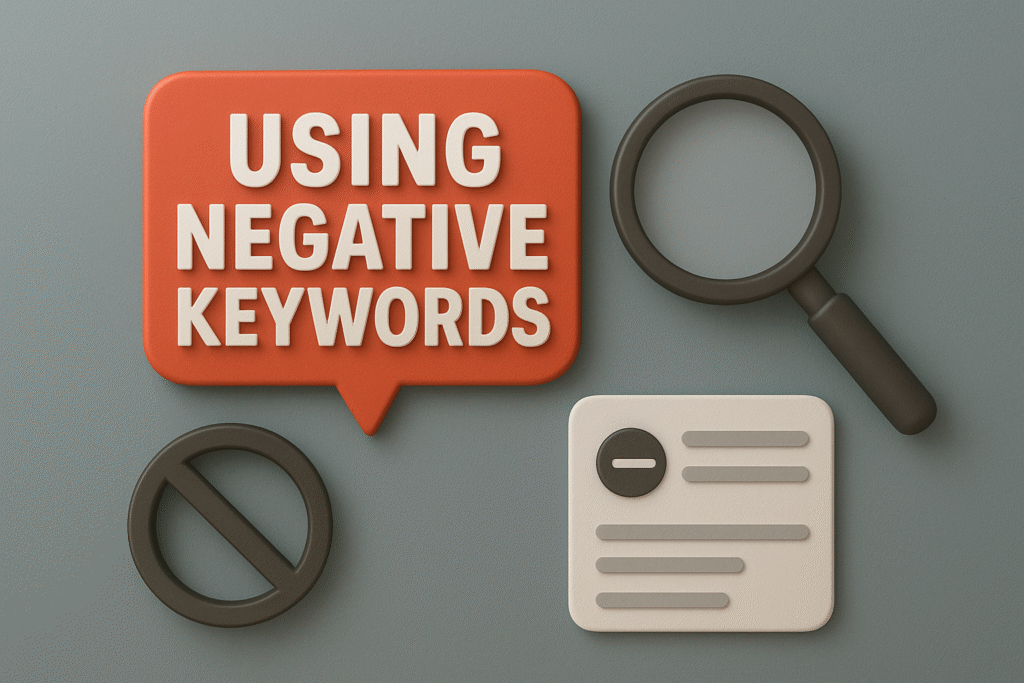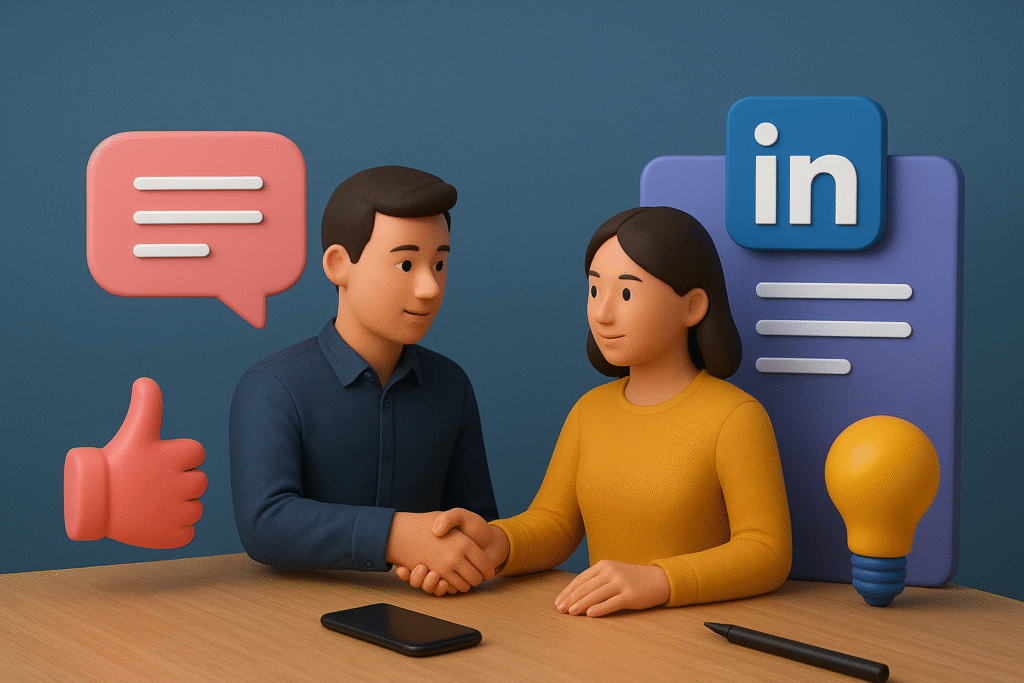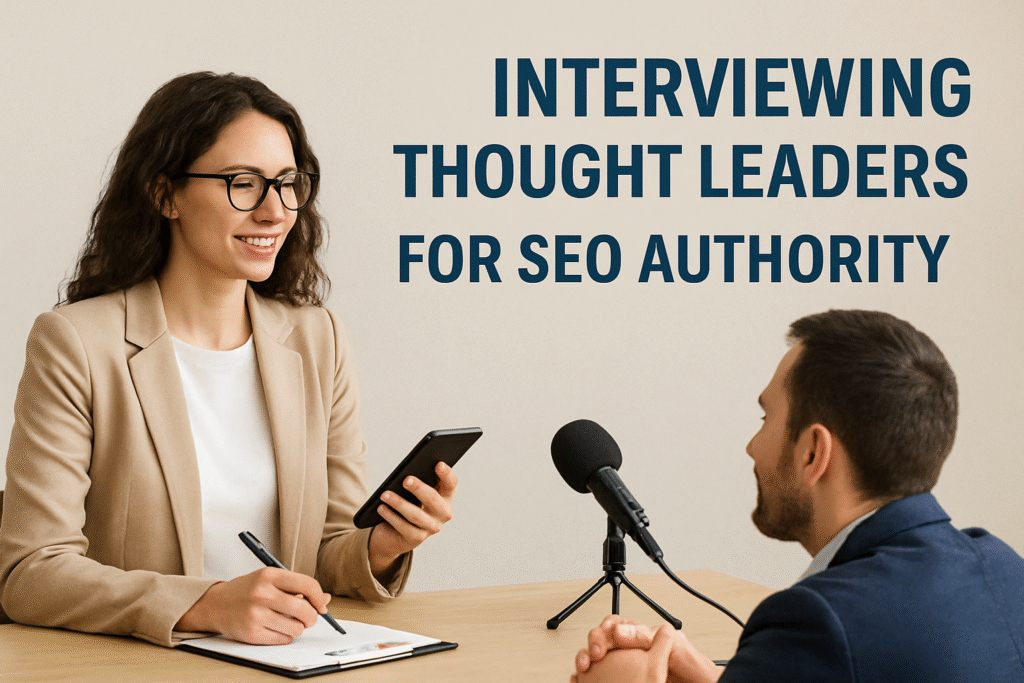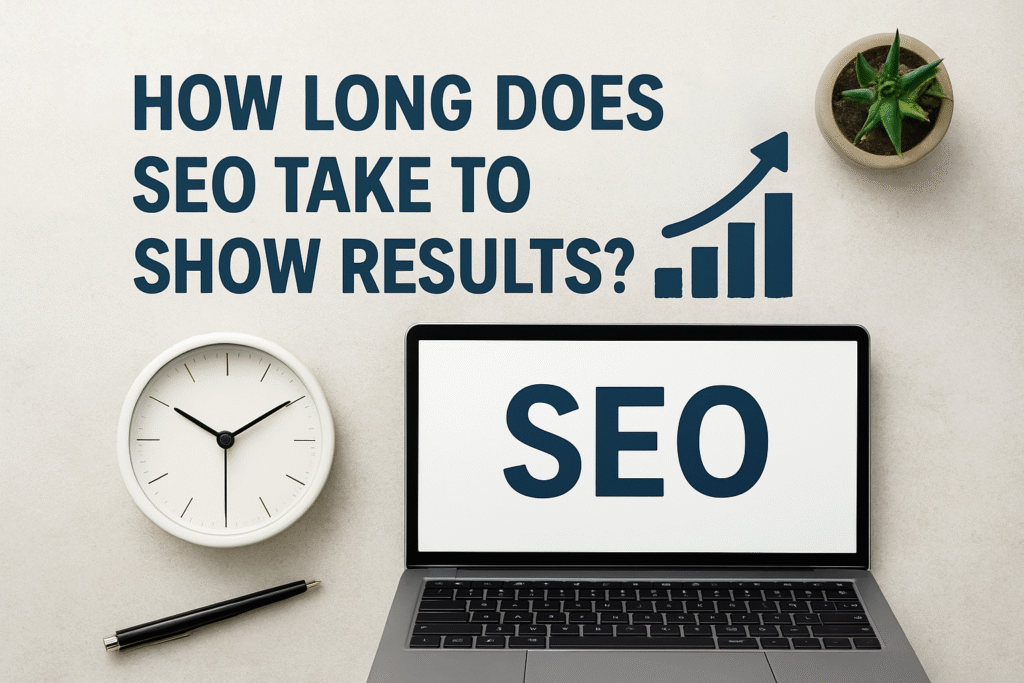When it comes to competing for patients in Utah, few markets are as competitive as Salt Lake City. With dozens of dental practices — from cosmetic dentistry specialists to pediatric dental clinics — all bidding for the same local keywords, the cost per click (CPC) can quickly climb. That’s why winning PPC strategies for Salt Lake City dentists aren’t about simply running Google Ads — they’re about building a highly targeted, cost-efficient, and conversion-focused campaign.
“According to WordStream, the average CPC for dentists in the U.S. can range from $6 to $50 depending on location and competition.”
Source: WordStream
If you’re a dentist in Salt Lake City looking to dominate local search and attract high-value patients, here’s how to approach PPC in a way that maximizes ROI while keeping ad spend under control.
Why PPC Matters for Salt Lake City Dentists
Salt Lake City’s growing population and high concentration of dental practices make SEO alone insufficient for instant visibility. PPC ensures:
- Immediate top-of-page placement
- Geo-targeted visibility to high-intent patients
- Control over budget and targeting
- Access to seasonal campaigns (e.g., back-to-school dental checkups)
“Pro Tip: 65% of people clicking on Google Ads are ready to make a purchase or book an appointment.”
Source: Clutch
Step-by-Step Winning PPC Strategies for Salt Lake City Dentists
Here’s the exact SOP I recommend when creating and managing PPC campaigns for dentists in Salt Lake City.
Step 1: Define Your Core Goals
Before writing ad copy or choosing keywords, decide:
- Are you driving new patient appointments?
- Promoting high-value treatments like implants or Invisalign?
- Building brand awareness for a new dental office?
Clarity here ensures your campaign is built around ROI-driven targeting.
Step 2: Master Local Keyword Targeting
Local intent is everything for dental PPC. Start with tools like:
Target combinations like:
- “Salt Lake City dentist”
- “Best dentist near me”
- “Emergency dentist Salt Lake City”
- “Teeth whitening Salt Lake City”
And don’t ignore long-tail keywords for higher quality leads.
“Pro Tip: Long-tail keywords typically have a 36% higher conversion rate compared to broad keywords.”
Source: Ahrefs
Step 3: Use Negative Keywords Effectively
Avoid wasting budget on irrelevant searches by adding negative keywords like:
- Free
- Cheap
- Jobs
- Courses
- DIY
Use Google Ads’ negative keyword list tool to update regularly.
Step 4: Craft High-Converting Ad Copy
Your PPC ad needs:
- Keyword in headline
- Clear benefit (e.g., “Same-Day Crowns in Salt Lake City”)
- Strong call-to-action (“Book Your Appointment Today”)
- Local trust signals (“Serving Salt Lake City Families for 20+ Years”)
Test multiple variations to improve CTR.
Step 5: Optimize Landing Pages
Don’t send ad clicks to your homepage. Create conversion-focused landing pages for each campaign:
- Match ad headline and landing page title
- Include appointment booking form above the fold
- Display reviews and before/after photos
- Add clickable phone number for mobile users
Use Unbounce or Instapage for fast builds.
Step 6: Geo-Target Precisely
Salt Lake City has distinct neighborhoods and surrounding areas like Sugar House, The Avenues, and West Valley City. Geo-target your ads to areas with your ideal patient demographic.
In Google Ads:
- Set radius targeting around your practice
- Exclude irrelevant zip codes
- Adjust bids higher for high-value areas
Step 7: Use Ad Extensions
Extensions boost CTR and give more real estate in SERPs:
- Call extensions for mobile users
- Location extensions for Google Maps visibility
- Sitelink extensions for service pages
- Promotion extensions for discounts
“Pro Tip: Ad extensions can increase CTR by up to 15% without raising CPC.”
Source: Google Ads Help
Step 8: Monitor and Adjust Bids
Set your campaign to manual CPC initially for control. Monitor:
- Search term reports
- Device performance
- Time of day results
- Competitor movements
Use Optmyzr or WordStream Advisor for automated bid optimizations.
Step 9: Retarget Website Visitors
Retargeting campaigns via:
…allow you to re-engage visitors who didn’t book an appointment the first time.
Step 10: Track and Measure Everything
Set up:
- Google Analytics 4 event tracking
- Google Tag Manager for form submissions
- Conversion goals in Google Ads
Review KPIs weekly:
- CPC
- CTR
- Conversion rate
- Cost per lead (CPL)
- ROI
Advanced PPC Tactics for Salt Lake City Dentists
- Call-Only Campaigns: Great for emergency services where patients want instant appointments.
- Seasonal Campaigns: Run Invisalign or whitening promos during wedding and graduation seasons.
- Remarketing Lists for Search Ads (RLSA): Bid higher on past visitors when they search again.
Common PPC Mistakes Dentists Should Avoid
- Targeting too broad of an area
- Ignoring mobile-specific ad formats
- Sending traffic to slow-loading sites
- Not updating negative keyword lists
- Relying solely on automated bidding too early
“According to Unbounce, a 1-second delay in mobile page load can reduce conversion rates by up to 20%.”
Source: Unbounce
Final Thoughts
PPC is one of the fastest ways for Salt Lake City dentists to bring in new patients — but only when executed with precision. From keyword targeting to geo-fencing, ad copy testing, and landing page optimization, each step impacts ROI.
In a competitive dental market, the difference between breaking even and doubling your patient intake is often found in how well you execute these PPC strategies.
Want a done-for-you PPC campaign that delivers patients, not just clicks? Check out our Dental PPC Management Services to get started.
Frequently Asked Questions (FAQs)
1. How much should a Salt Lake City dentist spend on PPC?
Budgets vary, but most competitive campaigns start at $1,500–$3,000/month for consistent results.
2. Are Google Ads worth it for dentists?
Yes. Google Ads bring immediate, high-intent traffic, which is critical for local dental services.
3. How can dentists lower PPC costs?
Use negative keywords, improve Quality Score, and optimize landing pages to increase conversions without raising spend.
4. Should I run Facebook Ads or Google Ads?
Google Ads are best for high-intent patients actively searching, while Facebook Ads work well for brand awareness and retargeting.
5. How soon will I see results from PPC?
Most campaigns begin delivering measurable results within 1–2 weeks of launch if properly optimized.
6. Do I need a separate landing page for each service?
Yes. Service-specific landing pages improve Quality Score, lower CPC, and boost conversion rates.
